As of April 2018, about 127 million people were employed on a full-time basis in the United States. Of those, 25 percent are struggling with a mental illness. That means currently more than 31 million Americas are working and dealing with a mental health disorder. And, according to SAMHSA, almost 9 million people in the United States have both a mental health and substance abuse issue.
Despite the ongoing public debate on whether addiction is a disease, the National Institute on Drug Abuse states that addiction is a complicated, chronic disease that affects a person physically, mentally and emotionally. Because of this government classification, the Family and Medical Leave Act (FMLA) protects individuals who need to take a leave of absence for substance abuse treatment, as they may be allowed up to 12 weeks of unpaid leave.
However, many working professionals are still going untreated, and each year, more and more of our population is lost to addiction overdose.
The Opioid Epidemic
In the late ‘90s, pharmaceutical companies told health care providers that patients wouldn’t become addicted to opioid pain relievers, causing providers to begin to prescribe them at a greater rate. These prescriptions became commonplace over the last decade, and the widespread use made it clear that these drugs are, in fact, highly addictive.
In 2017, the U.S. Department of Health and Human Services declared the opioid crisis a public health emergency, along with a 5-point plan on how to fix this epidemic, which includes:
- Improving access to treatment and recovery services
- Promoting use of overdose-reversing drugs
- Strengthening our understanding of the epidemic through better public health surveillance
- Providing support for cutting-edge research on pain and addiction
- Advancing better practices for pain management
However, the crisis is far from over. Every day 115 people in the United States overdose from opioids.
The death toll has caused federal and state governments to take action – and it’s happening NOW.
New legislation severely restricts the length and quantity of opioid prescriptions, with the intention on curbing the distribution and abuse of these medications.
The Changing Laws: Doctors Are Now Limited on What They Can Prescribe
In 2016, more than 11 million Americans abused opioids that were prescribed to them, and nearly 1 million more used heroin, which is common after the prescribed medications are cut off.
New legislation severely restricts the length and quantity of opioid prescriptions, with the intention on curbing the distribution and abuse of these medications.
It’s easy to point the finger at the pharmaceutical companies when you look at how the opioid crisis has come about. With an annual death toll of 60 thousand and climbing, the public and the government are both looking at Big Pharma and asking how they could let this happen.
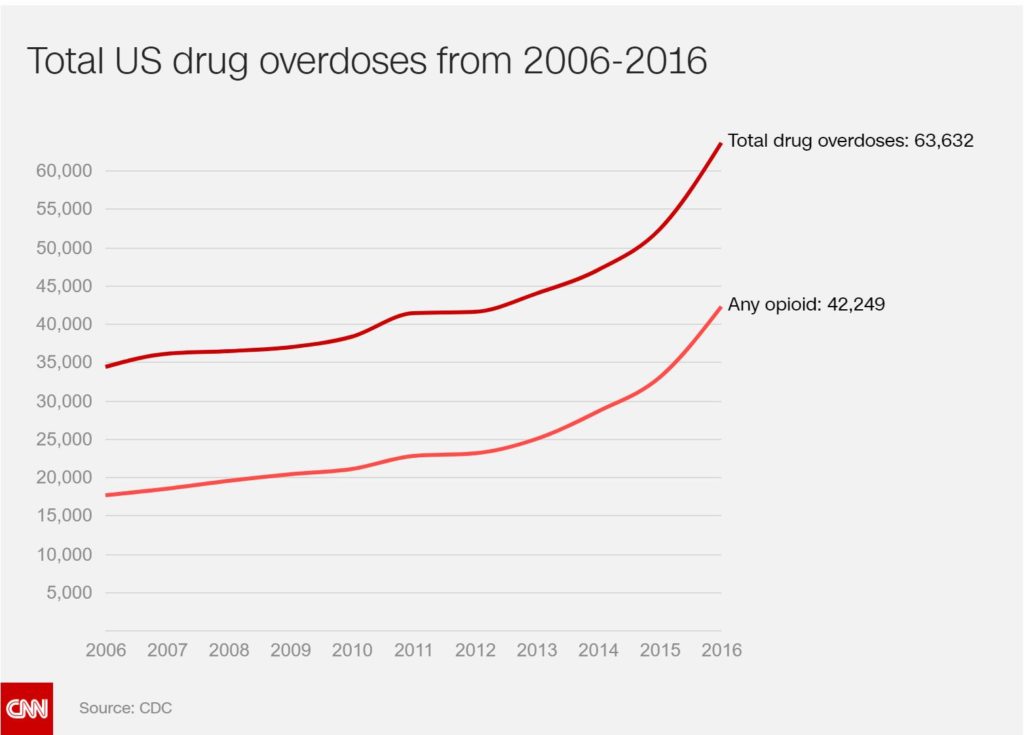
Image Source: https://www.cnn.com/2017/12/21/health/drug-overdoses-2016-final-numbers/
And, their response? Don’t worry, we have a solution: Suboxone.
Is Suboxone The Answer?
Hardly.
Suboxone, buprenorphine and all of their derivatives are highly addictive. But, let’s be honest: Anyone who has been using opioids for any extended period of time isn’t going to want or agree to come off the opioids unless they feel they have a viable solution for their pain.
If drugs like Suboxone and Buprenorphine can help Americans get off opioids, it’s a start. But, it’s not that simple. There are patients that have been on opioids for eight to 10 years and now, by law, they are going to be taken off these drugs. That doesn’t mean they can start Suboxone the next day. Getting off opioids is still going to require professional medical detox. It’s still going to require mental health treatment and a transitional plan for ongoing pain management.
Enter Medication Assisted Treatment
Medication assisted treatment (MAT) isn’t exactly new. However, the idea can still scare people. Some call it substituting one drug or addiction for another. But, it’s deeper than that.
Many treatment centers practice abstinence-based recovery programming and have had decades of experience and results in treating people with holistic modalities. However, with the recent onslaught of the opioid addictions and subsequent deaths, treatment providers are starting to realize not all addictions can be treated without medical assistance.
Consider this: Each individual and his or her situation are unique. A college student who has been binge drinking for the summer, for example, may not need acute detox in order to overcome his or her substance abuse issue. However, a long-term opioid user who was prescribed the opioids as a pain-management medication is not going to be able to physically detox from the drugs without medication assisted treatment.
Medication Assisted Treatment is the answer to safe and effective opioid detox.
The Healthcare Insurance Paradigm Shift
Healthcare is currently changing from a “fee-for-service” (reimbursement for care) to a “value-based” (reimbursed for outcomes) model. Providers are now obligated to reach this at the rate of 90%.
In order to be admitted into detox from an opioid dependency, the individual must meet DSM-5 and ASAM placement criteria.
Insurance companies are delaying and denying payment for treatment services. Rehabs are simply not equipped and ready to meet this criteria.
What does this mean for the millions of Americans suffering chronic pain disorders?
Treatment Centers Must Evolve
Pain management doctors, physicians and general practitioners all have to consider MAT. If you are a prescribing doctor and your patients are currently on opioids, what happens when you can no longer offer your patients the same opioid treatment regimen for their chronic pain?
Pain management doctors are going to refer clients to treatment centers for detox and medication stabilization, through a residential track only. Insurance companies will cover that. The addiction recovery center will then refer the pain management client back to the doctor so that the patient can continue his or her medication treatment and return back to work.
Note: That is really the key – getting the patient back to work.
Working with EAPs
The best strategy with MAT is really working with Employee Assistance Programs (EAPs) and creating a reciprocal referral relationship with medical care providers. When a working professional initiates the FMLA with their employer, the EAP helps them get into treatment without risk of losing their job.
Treatment providers who provide an MAT program can tell working professionals, “We can get you back onto a medication that works for you and refer you back to your doctor for a continuation of care,” which is true. And, you can then morally and ethically offer detox and residential care, which are the highest-yielding addiction treatment services anyways.
Marketing EAP for MAT
Look. Marketing isn’t just tactics, methods and channels. It’s knowing the market, developing the right message and getting it to the right people.
It’s clear to us that the next big demand for addiction care is going to come from medication assisted treatment. By offering MAT, placing a proper EAP program in place and leveraging strategic partnerships with pain management doctors, hospitals, general practitioners and outpatient providers, your treatment center can create a reciprocal referral relationship and help more people get off opioids.
And, isn’t that what this is all about?

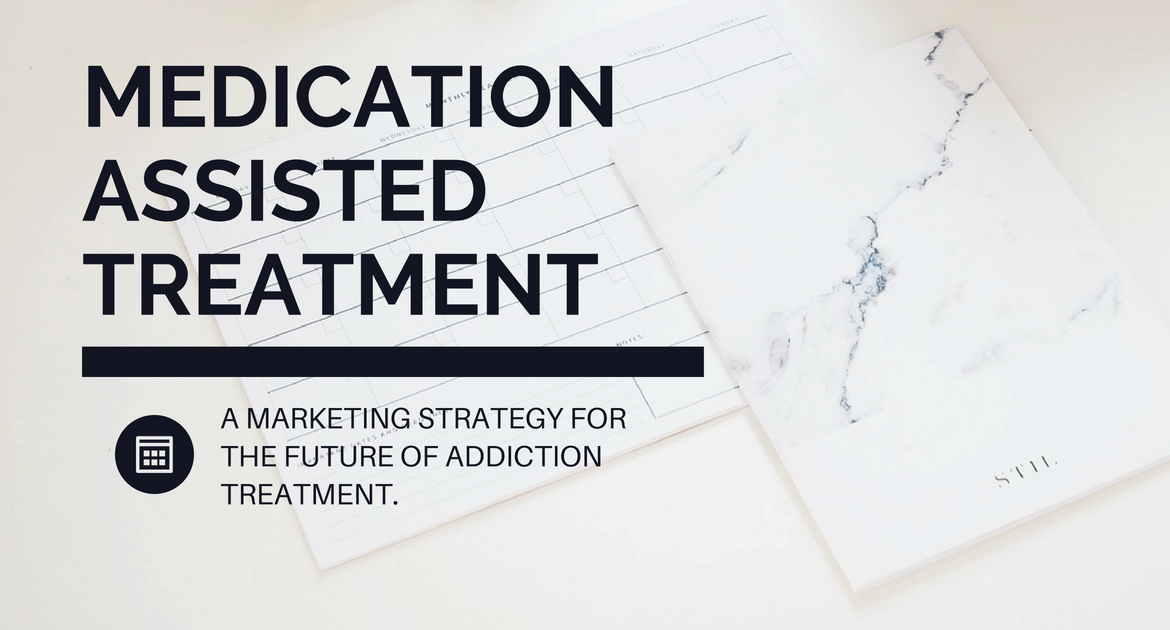
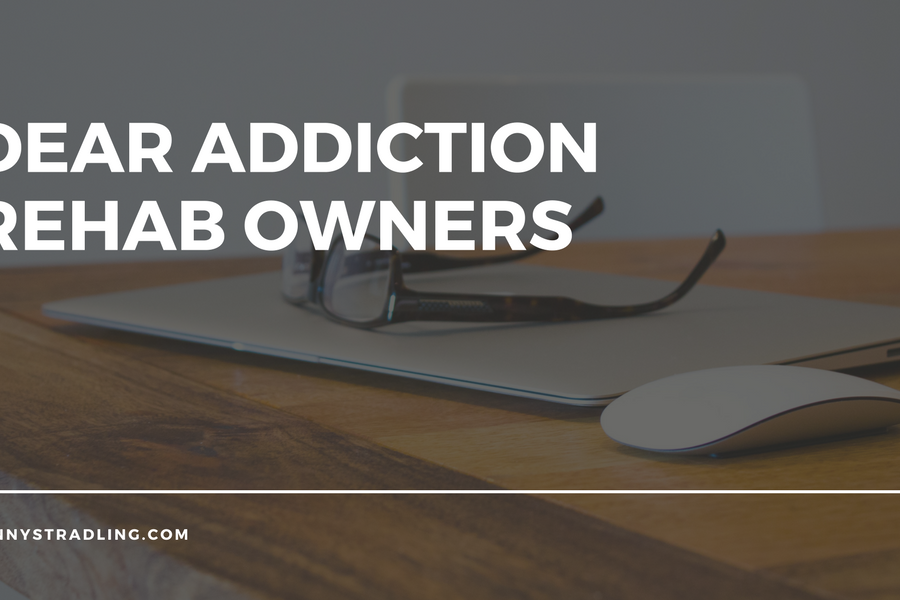
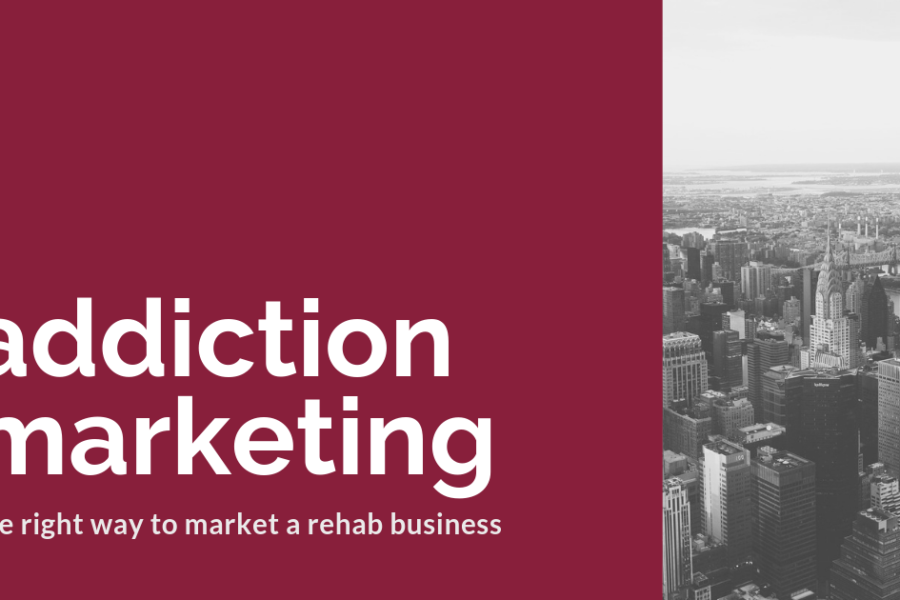
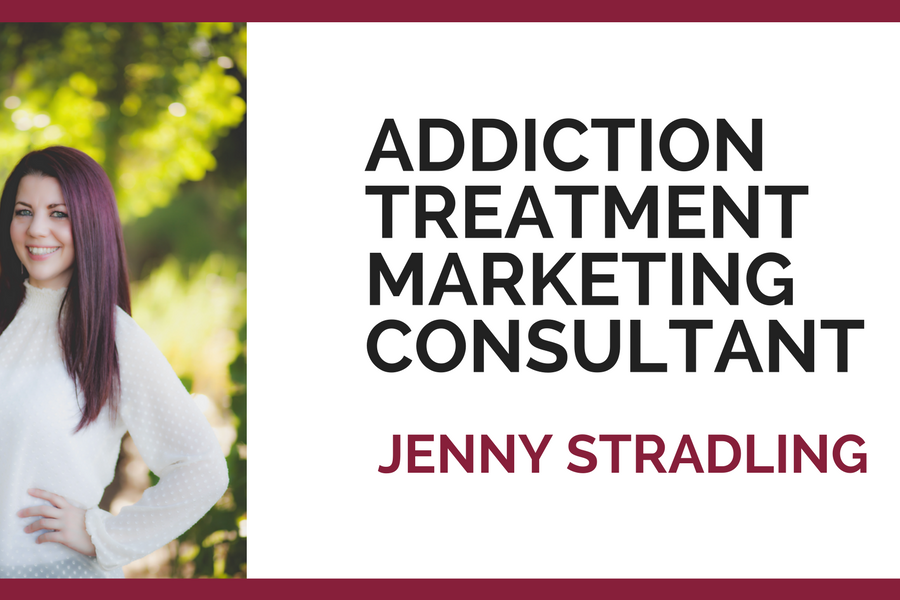
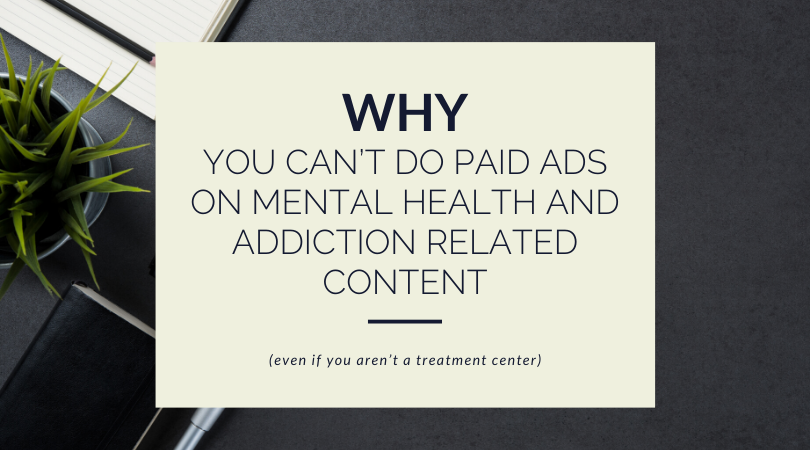
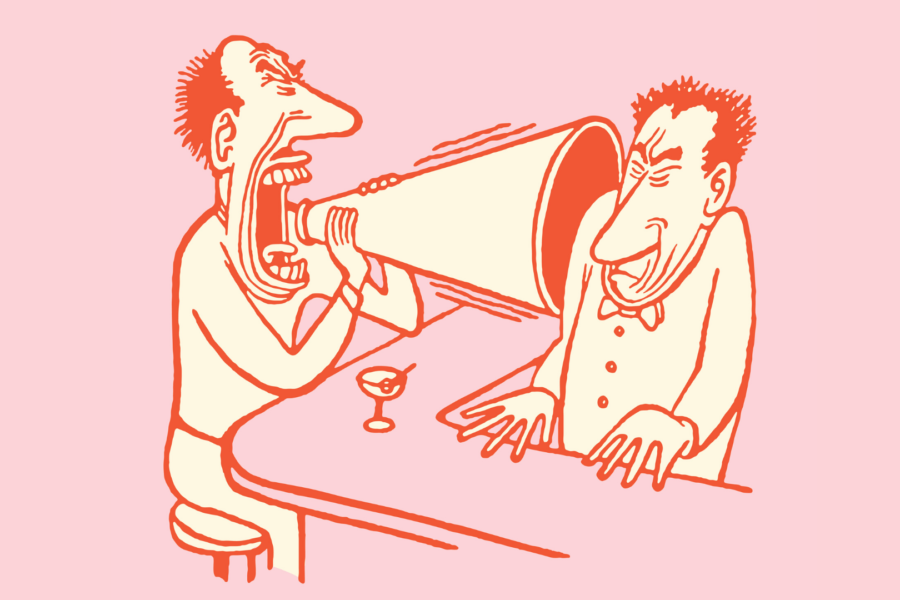
Leave a Reply